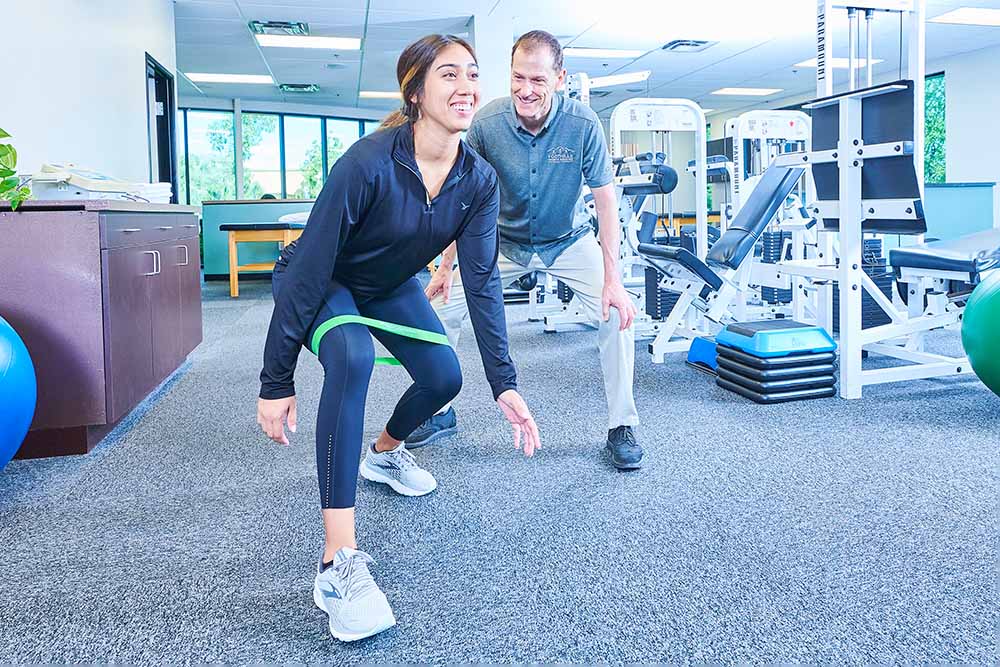Restoring Durability and Performance Through Power Exercise After an Accident
Wiki Article
Rebuilding resilience and capability after an injury is an important journey that many individuals face. Injuries can occur in multiple ways, such as sports accidents, falls, or even continuous strain from routine activities. When someone is hurt, it can lead to bodily limitations, psychological challenges, and a decrease in overall quality of life. Strength training is a valuable tool that can help people recover from injuries by enhancing muscle strength, enhancing mobility, and restoring confidence. This piece will explore how resistance training can aid in the rehabilitation process and encourage long-term health.
Resistance training involves exercises that improve muscle power and endurance. After an accident, it is crucial to start with a recovery program that is customized to the individual's specific needs. A rehabilitation therapist or a certified trainer can design a program that centers on the affected area while making sure that the rest of the body remains active. This method helps to prevent muscle atrophy, which is the deterioration of muscles due to inactivity. By slowly increasing the intensity and complexity of the exercises, people can rebuild their power and regain functionality in a secure manner.
One of the main advantages of strength training after an injury is the improvement in joint stability. Many injuries can lead to weakened muscles around the joints, making them more vulnerable to further damage. Strengthening these muscles helps to support the joints, reducing the risk of re-injury. Additionally, stronger muscles can enhance balance and coordination, which are essential for everyday activities. As individuals progress in their strength training, they often find that they can perform tasks that were once difficult or impossible, leading to a greater sense of independence.
Another important factor of resistance training is its positive impact on mental health. Recovering from an injury can be a frustrating and emotionally challenging experience. Engaging in strength training can provide a sense of accomplishment and boost self-esteem. As people see improvements in their bodily abilities, they may also feel a decrease in anxiety and depression. The release of endorphins during exercise can improve mood physical therapy for gait analysis and foster a more optimistic outlook on rehabilitation. This psychological resilience is just as important as physical recovery, as it encourages individuals to stay dedicated to their recovery goals.
In summary, resistance training plays a crucial role in restoring strength and functionality after an injury. By focusing on muscle power, joint support, and psychological well-being, people can successfully manage the recovery journey. It is important to tackle resistance training with a systematic plan that takes into account the specific requirements of the injured area while promoting overall fitness. With dedication and the appropriate support, people can recover their power, improve their quality of life, and return to the activities they enjoy.
